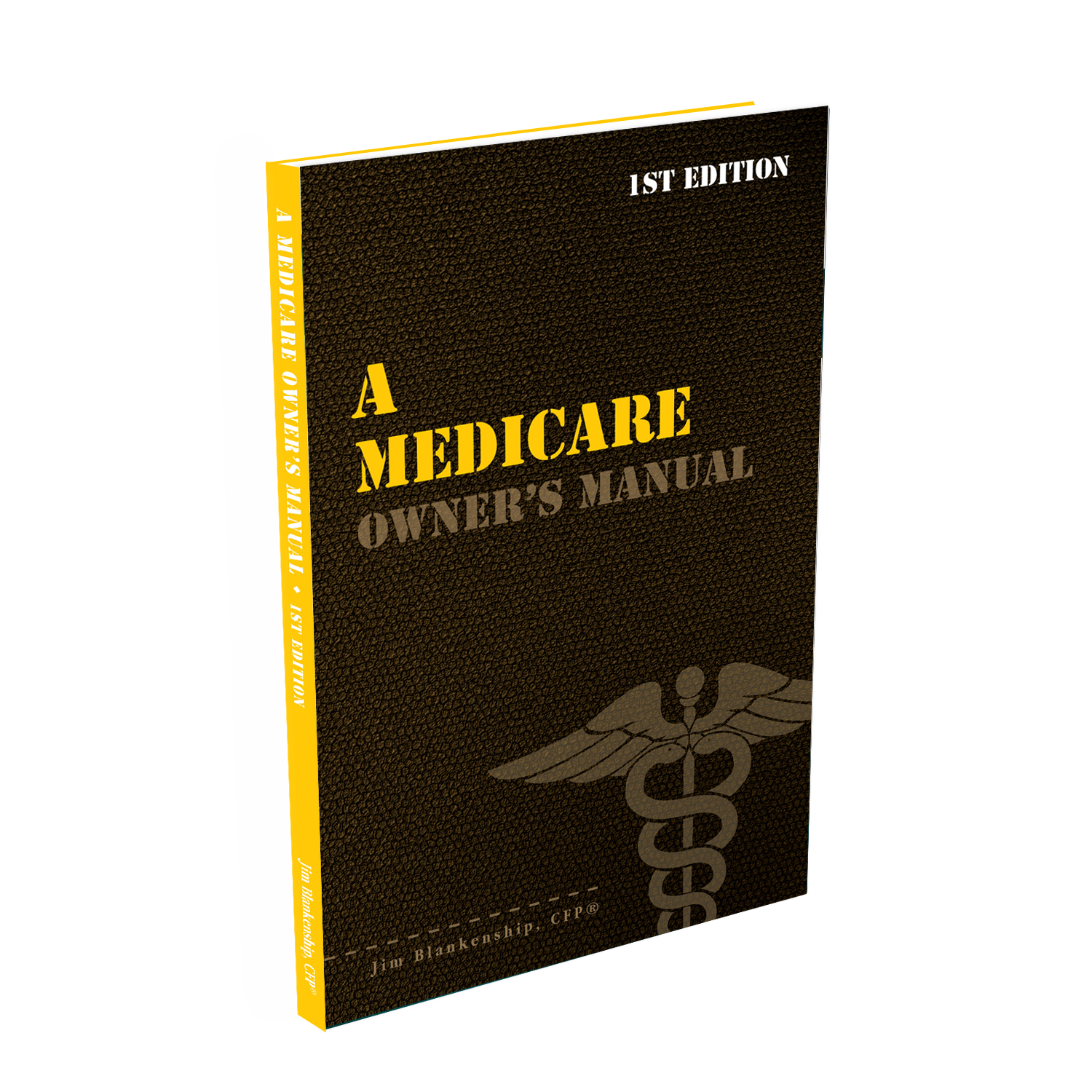Whether you work as a doctor, teacher, office administrator, attorney, or government employee chances are you have access to your employer’s retirement plan such as a 401(k), 403(b), 457, SEP, or SIMPLE. These plans are a great resource to save money into, and some employers will even pay you to participate! Let’s start with the 401(k). A 401(k) is a savings plan that is started by your employer to encourage both owners of the business and employees to save for retirement. Depending on how much you want to save, you can choose to have a specific dollar amount or percentage of your gross pay directed to your 401(k) account. Your money in your account can be invested tax-deferred in stock or bond mutual funds, company stock (if you work for a publicly traded company), or even a money market account. Your choice of funds will depend on the company that […]
retirement plans
The “1% More” Movement’s Going Strong! Save 1% More In Your Retirement Plans This Year
United States (Photo credit: Wikipedia) The financial blogosphere has responded with many articles recommending ways that all Americans can increase their savings rates this coming year. This has been a concerted effort by financially-oriented bloggers to help folks come up with ways to increase savings during this time of employer-benefit enrollment. We have several more bloggers who are going to put their posts up soon. See the original post for details on how to join the action: Calling All Bloggers! Listed below are the articles in our movement so far (newest are at the top): From Ken Weingarten: The 1% Challenge (Should you dare to accept) From Richard Feight: The 1% Challenge! From John Hunter: Save What You Can, Increase Savings as You Can Do So From Emily Guy Birken: Increase your savings rate by 1% From Jonathan White: Ways to increase your retirement contributions 1% in 2013 From Alan […]
Maximizing Your Pension Using Term Life Insurance
There are many, many ways that life insurance can be used. Sometimes it is to replace lost income, when a wage earner dies during his or her working years. Other times it may be to help pay taxes on a large estate upon the passing of the second spouse in a couple, so that your heirs can receive the full fruits of your labors and won’t have to worry about a tax haircut. Another use for life insurance is to help you to maximize a pension. I know, everyone believes that pensions have gone the way of the buggy-whip. That may be the case for many folks, but I still find a lot of people retiring these days who have a traditional pension. For those of you who are familiar with pensions, you’ve probably seen the payout options that are typically available: lump sum, single life annuity, joint and 100% […]
The 403(b) and 457(b): A One-Two Punch for Retirement
Many non-profits, public schools, universities, state governments have access to either a 403(b) or a 457(b) retirement plan. Both the 403(b) and the 457(b) are retirement plans that these institutions can offer employees in addition to or in lieu of a defined-benefit pension. For ease of simplicity, think of these plans as a 401(k), but for non-profits. We won’t get into the minutia of exactly how they’re different here. Like their 401(k) counterpart, the 403(b) and the 457(b) allow their owners to defer from their salaries up to $17,000 annually, on a pre-tax, tax-deferred basis. For those aged 50 and over, the IRS allows an additional $5,500 age-based catch-up contribution. These numbers are for 2012, they are indexed annually for inflation. There is a select group of people that may have access to both the 403(b) and the 457(b). For these chosen few, there is an opportunity to save even […]


 Sterling Raskie, MSFS, CFP®, ChFC®
Sterling Raskie, MSFS, CFP®, ChFC® The latest in our Owner’s Manual series, A 401(k) Owner’s Manual, was published in January 2020 and is available on
The latest in our Owner’s Manual series, A 401(k) Owner’s Manual, was published in January 2020 and is available on  A Medicare Owner’s Manual, is updated with 2020 facts and figures. This manual is available on
A Medicare Owner’s Manual, is updated with 2020 facts and figures. This manual is available on  Social Security for the Suddenly Single can be found on Amazon at
Social Security for the Suddenly Single can be found on Amazon at  Sterling’s first book, Lose Weight Save Money, can be
Sterling’s first book, Lose Weight Save Money, can be  An IRA Owner’s Manual, 2nd Edition is available for purchase on Amazon. Click the link to choose the
An IRA Owner’s Manual, 2nd Edition is available for purchase on Amazon. Click the link to choose the  Jim’s book – A Social Security Owner’s Manual, is now available on Amazon. Click this link for the
Jim’s book – A Social Security Owner’s Manual, is now available on Amazon. Click this link for the  And if you’ve come here to learn about queuing waterfowl, I apologize for the confusion. You may want to discuss your question with Lester, my loyal watchduck and self-proclaimed “advisor’s advisor”.
And if you’ve come here to learn about queuing waterfowl, I apologize for the confusion. You may want to discuss your question with Lester, my loyal watchduck and self-proclaimed “advisor’s advisor”.